Home>Garden Essentials>When Do Maple Tree Seeds Fall
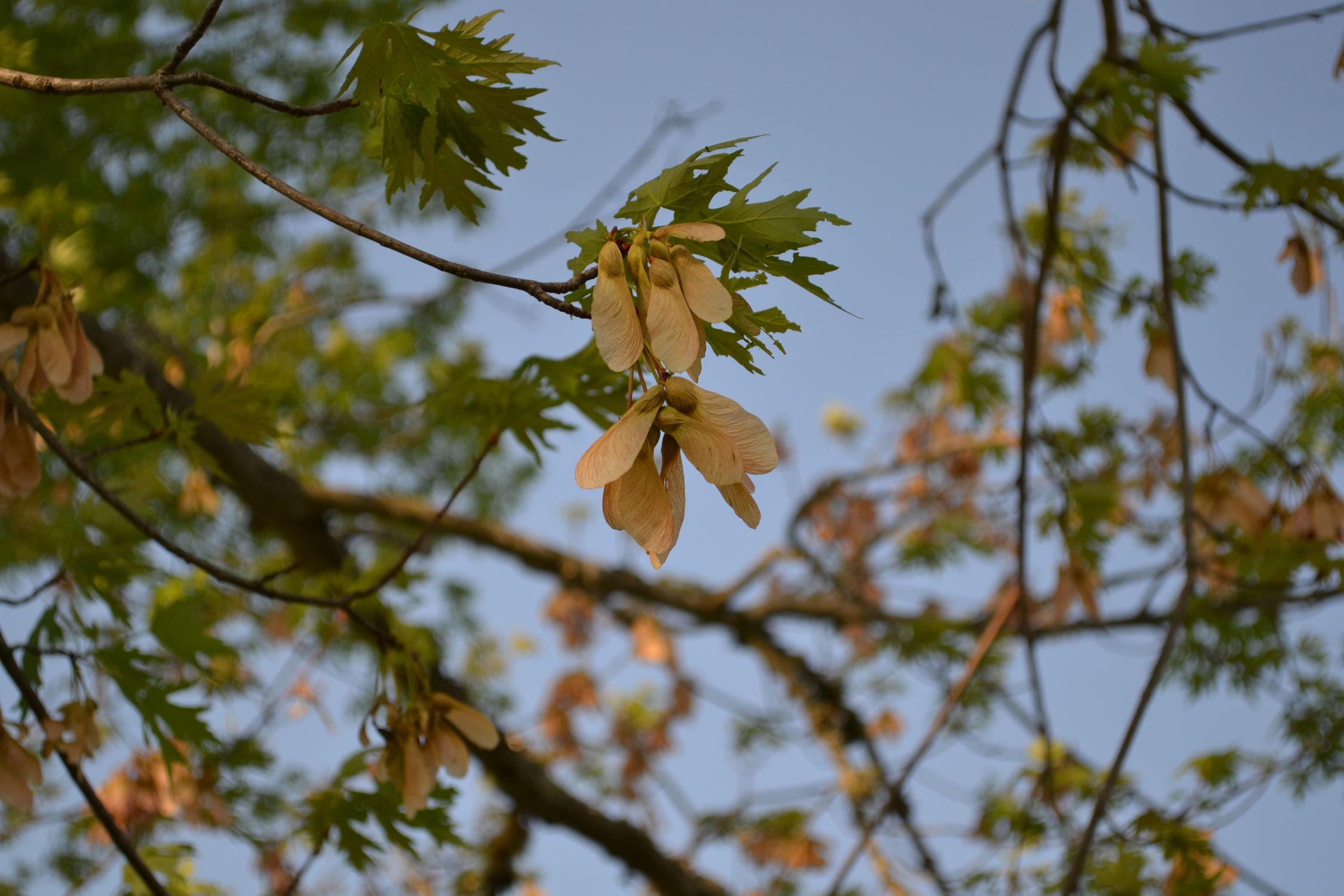

Garden Essentials
When Do Maple Tree Seeds Fall
Modified: March 16, 2024
Discover the key times when maple tree seeds fall in your garden for optimal seed collection and planting. Find out when to expect these beautiful seeds to drop and prepare your garden accordingly.
(Many of the links in this article redirect to a specific reviewed product. Your purchase of these products through affiliate links helps to generate commission for Storables.com, at no extra cost. Learn more)
Introduction
Welcome to the wonderful world of maple trees! These majestic and iconic trees not only provide us with shade and natural beauty, but they also have a fascinating life cycle that includes the production and dispersal of their seeds. In this article, we will explore the timing and factors that contribute to the fall of maple tree seeds.
Maple trees, scientifically known as the genus Acer, are native to the Northern Hemisphere and can be found in various parts of the world. They are highly valued for their vibrant autumn foliage and the delicious maple syrup that can be derived from their sap.
Understanding the life cycle of maple trees is crucial to comprehend when and why their seeds fall. The life cycle of a maple tree begins with a tiny seed embedded in a winged structure known as a samara. These samaras, commonly referred to as “helicopters” due to their spinning motion during descent, play a vital role in the reproduction and propagation of these trees.
The timing of seed fall in maple trees is influenced by several factors, including environmental cues and the tree’s internal mechanisms. Temperature fluctuations, daylight hours, and moisture levels all play a role in triggering the release of maple tree seeds. Additionally, certain tree species within the genus Acer have different seed fall patterns, which adds to the diversity and complexity of the maple tree family.
The fall of maple tree seeds has significant environmental significance. As the seeds fall to the ground, they provide a source of food for a variety of animals, including squirrels, birds, and small mammals. These animals not only rely on the seeds for sustenance but also inadvertently contribute to the dispersal of maple trees by carrying the seeds to different areas as they eat and store them.
The dispersion of maple tree seeds is a crucial process for the survival and expansion of these trees. The winged structure of samaras allows the seeds to be carried by wind currents, increasing their chances of landing in suitable environments for germination and growth. This mechanism ensures that the offspring of maple trees are dispersed over a wider area, reducing competition and increasing the overall genetic diversity of the tree population.
The timing of maple tree seed fall varies depending on the specific species and region. Generally, seed fall occurs during the late summer to early autumn months. However, variations in climate and local conditions can cause fluctuations in seed fall timings. In addition, individual maple trees within the same species may exhibit slightly different seed fall times due to variations in their internal physiology.
In this article, we will delve deeper into the fascinating world of maple trees and explore the factors influencing their seed fall. By gaining a better understanding of this natural process, we can develop a greater appreciation for the intricate relationships and cycles that exist within our environment.
So, join us as we unravel the mystery of maple tree seed fall and embark on a journey through the wonders of nature’s cycle.
Key Takeaways:
- Maple tree seeds fall in late summer to early autumn, triggered by temperature changes and daylight hours. This process supports forest regeneration and provides food for animals, contributing to biodiversity.
- Maple trees disperse their seeds through wind, animals, and water, ensuring the colonization of new habitats. The timing of seed fall varies among species and is influenced by environmental factors.
Read more: How To Grow A Maple Tree From Seed
Understanding Maple Trees
Maple trees are a diverse group of deciduous trees belonging to the genus Acer. With over 120 species distributed across the Northern Hemisphere, maple trees possess unique characteristics that make them easily recognizable and highly valued.
One distinguishing feature of maple trees is their distinct leaf shape. Most maple leaves are palmate, meaning they have multiple lobes radiating from a central point, resembling the fingers of a hand. This characteristic leaf shape contributes to the iconic beauty of maple tree foliage, especially during the vibrant colors of autumn.
In addition to their ornamental appeal, maple trees are known for their commercial and culinary significance. The sap of certain maple tree species, such as the sugar maple (Acer saccharum) and the black maple (Acer nigrum), can be tapped and processed into the delectable maple syrup that is loved worldwide. Maple wood is also highly sought after for its durability, making it a popular choice for furniture, flooring, and musical instruments.
Maple trees are typically medium to large in size, with heights ranging from 30 to 100 feet, depending on the species. Their branches spread out in a rounded or umbrella-like shape, providing ample shade beneath their canopy. The bark of maple trees can vary in appearance, with some species presenting smooth gray or brown bark, while others exhibit rough and deeply furrowed bark.
Maple trees are deciduous, which means they shed their leaves seasonally. In colder regions, they undergo a dramatic transformation in the fall, as their green leaves turn into a spectacle of vibrant reds, oranges, and yellows. This visually stunning display attracts visitors from around the world to witness the beauty of maple tree forests during the autumn months.
Many maple tree species have a preference for well-drained, fertile soils. They thrive in temperate climates, although certain species can adapt to a wide range of environmental conditions. Some maple tree species, such as the paperbark maple (Acer griseum) and the Japanese maple (Acer palmatum), are particularly valued for their unique bark texture and colorful ornamental leaves.
Understanding the characteristics and preferences of maple trees allows us to appreciate their aesthetic value, economic significance, and ecological role in the ecosystem. These trees are not only a source of natural beauty and resources but also provide habitat and food for diverse wildlife species.
Next, we will explore the intriguing life cycle of maple trees and how it relates to the timing of seed fall. By delving deeper into the inner workings of these magnificent trees, we can gain a greater appreciation for their role in nature’s intricate web of life.
Life Cycle of Maple Trees
The life cycle of maple trees is a fascinating process that encompasses various stages, each contributing to the survival and propagation of these magnificent trees. Understanding this life cycle helps shed light on the timing and significance of maple tree seed fall.
The life cycle begins with the germination of a maple tree seed. The seeds are protected within winged structures called samaras, commonly referred to as “helicopters” due to their spinning motion as they fall. The samaras are released from the mature maple tree during the seed fall season.
Once the samaras land on suitable ground, they begin the process of germination. The seed coat cracks open, allowing water and nutrients to enter and kickstarting the growth of a tiny root, known as a radicle. The radicle anchors the seedling in the ground and absorbs moisture and nutrients from the soil.
As the root system develops, a shoot emerges from the seedling, pushing upwards towards the sunlight. This shoot eventually develops into the stem of the maple tree, while the initial pair of embryonic leaves, known as cotyledons, provide nourishment to the young tree until it can produce its own energy through photosynthesis.
With sufficient sunlight and nutrients, the maple tree grows and develops foliage. The leaves play a crucial role in photosynthesis, converting sunlight into energy and providing nourishment for the tree’s growth and development. As the tree matures, it produces more and more branches, expanding its canopy and providing shade.
During the reproductive stage, typically reached after several years of growth, maple trees develop flowers. These flowers are inconspicuous and small, arranged in clusters known as inflorescences. Maple tree flowers are wind-pollinated, relying on the wind to carry pollen from the male flowers to the female flowers.
The successful fertilization of the flowers results in the formation of seeds within the samaras. The samaras mature on the tree throughout the summer months, eventually turning brown and becoming ready for seed fall.
As autumn arrives and environmental conditions change, maple trees enter a phase of senescence, where their leaves turn vibrant colors before eventually falling off. During this period, the maple tree prepares for winter dormancy, redirecting resources to the roots and other essential parts of the tree, such as the trunk and branches.
Once the leaves have fallen and the tree has entered dormancy, the samaras are released from the maple tree, carried by the wind to new locations. This process of seed fall is crucial for the dispersal and propagation of maple trees.
Understanding the life cycle of maple trees offers insights into the timing and significance of seed fall. The unique adaptations and growth patterns of maple trees ensure their survival and the continuation of their species, contributing to the rich biodiversity of our natural world.
Next, we will explore the various factors that influence the timing of maple tree seed fall. From environmental cues to internal mechanisms, these factors shed light on the intricate workings of nature’s cycle.
Factors Affecting Seed Fall
The timing of seed fall in maple trees is influenced by a combination of environmental cues and internal mechanisms. Understanding these factors provides valuable insights into why and when maple tree seeds are dispersed.
One influential factor is temperature. Maple trees respond to temperature fluctuations as a signal to initiate seed fall. As summer transitions into autumn, the temperatures start to cool down, triggering physiological changes in the maple tree. This change prompts the tree to release its seeds in order to ensure their dispersal and future growth.
Daylight hours also play a role in seed fall. As the days become shorter and the nights longer, the reduction in daylight triggers hormonal changes within the tree, signaling the release of seeds. This mechanism ensures that the seeds are dispersed before winter arrives, providing them with the best chance of germination and survival.
Furthermore, moisture levels in the soil can affect the timing of seed fall. Maple trees rely on adequate moisture to support seedling growth after germination. If the soil becomes too dry, the tree may delay seed fall until conditions are more favorable for the seedlings’ success.
Certain tree species within the genus Acer have different adaptations that influence their seed fall patterns. Some species have evolved mechanisms that result in synchronized seed release, which enhances the chances of successful pollination and seed dispersal. Other species have staggered seed fall, allowing for a more extended period of seed dispersal and reducing competition between seedlings.
In addition to these environmental factors, the tree’s internal mechanisms and hormonal regulation play a vital role in seed fall. The tree produces hormones that control the timing of seed release, ensuring that it occurs at the optimum time for successful reproduction and seed dispersal.
It is important to note that while these factors provide a general framework for understanding seed fall in maple trees, variations can occur depending on the specific tree species and the local climate. Each tree species may have unique adaptations and responses to environmental cues, resulting in variations in the timing and patterns of seed fall.
By studying and appreciating these factors, we can gain a deeper understanding of the intricate processes that regulate the life cycle of maple trees. The timing of seed fall is essential for the survival, dispersal, and future growth of these remarkable trees.
Now that we have explored the factors that influence seed fall in maple trees, let us delve into the environmental significance of this process. Understanding the role of seed fall in the ecosystem sheds light on its importance for both the maple trees and the wider natural world.
Maple tree seeds, also known as “helicopter seeds,” typically fall in the late spring or early summer. Keep an eye out for the seeds to start falling from the trees during this time.
Environmental Significance of Seed Fall
The seed fall of maple trees holds great environmental significance, playing a vital role in the ecosystem’s functioning and supporting a diverse range of organisms. Here are some of the key environmental contributions of maple tree seed fall:
Food Source: Maple tree seeds serve as an essential food source for a variety of animals. Small mammals, such as squirrels and chipmunks, rely on these seeds as a crucial component of their diet. These animals not only consume the seeds immediately but also store them for future consumption during times of scarcity. This food storage behavior also inadvertently aids in the dispersal of maple tree seeds, as some of the stored seeds are forgotten or left unattended, allowing them to sprout and grow in new areas.
Birds: Maple tree seeds are also a valuable food source for birds. Species like finches, jays, woodpeckers, and nuthatches consume the seeds, helping them meet their nutritional needs. Additionally, birds play a significant role in dispersing maple tree seeds over long distances. As they feed on the seeds, they may drop them or carry them to different locations through their droppings, facilitating the establishment of new maple tree populations in diverse habitats.
Forest Regeneration: Seed fall is a critical process for forest regeneration. Maple tree seeds have the potential to germinate and grow into new individuals under favorable conditions. By dispersing their seeds, maple trees increase the chances of successful reproduction and the establishment of future generations. This is particularly important in areas of disturbance or after natural events like wildfires or logging, where seedlings can help restore and replenish the forest ecosystem.
Biodiversity: The dispersal of maple tree seeds contributes to the overall biodiversity of an ecosystem. As seeds are transported by animals or the wind, they can reach new locations and establish new populations. This dispersal mechanism promotes genetic diversity within the maple tree species and enhances their chances of adapting to changing environmental conditions. A diverse range of maple tree populations also supports a variety of associated species, including insects, fungi, and other plants, creating a complex and interconnected web of life within the ecosystem.
Nutrient Cycling: Maple tree seeds play a role in nutrient cycling within the ecosystem. When the seeds fall and germinate, the seedlings extract nutrients from the soil, allowing the recycling of vital elements like nitrogen, phosphorus, and potassium. These nutrients are then released back into the ecosystem when the trees shed their leaves and eventually decompose. This process contributes to the overall health and fertility of the soil, benefiting not only maple trees but a wide range of plant species that grow in the same area.
The environmental significance of maple tree seed fall extends far beyond the life cycle of the trees themselves. It contributes to the sustenance of numerous animals, promotes biodiversity, assists in forest regeneration, and supports nutrient cycling within the ecosystem. Recognizing the importance of this process allows us to appreciate the interconnectedness and delicate balance of nature.
As we continue our exploration of maple trees, let us dive into the fascinating process of seed dispersal and uncover the mechanisms by which maple tree seeds spread and find new habitats.
Read more: What Do Maple Seeds Look Like
Maple Tree Seed Dispersal
Maple trees employ various mechanisms to disperse their seeds, ensuring the colonization of new habitats and the continuation of their species. The primary method of maple tree seed dispersal is through a combination of wind and animal assistance.
Maple tree seeds, encased in their winged samaras, are designed to take advantage of wind currents. As the seeds separate from the tree during seed fall, the samaras act as tiny wings, allowing them to be lifted and carried by the wind. This aerial journey can transport the seeds over considerable distances, aiding in their dispersal beyond the immediate vicinity of the parent tree.
Wind dispersal provides maple trees with the opportunity to reach new and favorable environments for germination and growth. The wings of the samaras create a spinning motion, known as autorotation, which helps to slow down the descent of the seeds. This prolonged descent increases the likelihood of the seeds being carried by wind currents and enhances their chances of landing in suitable locations with adequate sunlight, moisture, and nutrients.
In addition to wind dispersal, animals play a significant role in the dispersal of maple tree seeds. Small mammals such as squirrels, mice, and chipmunks are known to forage on maple tree seeds and samaras. As they collect and hoard the seeds for food storage, they inadvertently aid in seed dispersal by either dropping the seeds or forgetting them in new locations.
Birds also contribute to maple tree seed dispersal. Some bird species, such as finches and woodpeckers, consume the seeds and can disperse them over long distances. The seeds that are not digested by the birds can pass through their digestive system intact and are excreted in new locations, providing an opportunity for germination and growth in different habitats.
Water can play a role in the dispersal of maple tree seeds as well. In areas with bodies of water, such as rivers, streams, or lakes, the samaras may fall into the water and be carried downstream. This water dispersal mechanism can transport the seeds over significant distances, potentially aiding in the colonization of distant locations or new riverbank habitats.
The combined action of wind, animals, and water ensures that maple tree seeds are dispersed over a wide range of habitats. This dispersal strategy helps reduce competition among seedlings and colonization in areas beyond the immediate vicinity of the parent tree.
It is important to note that not all maple tree species have the same dispersal capabilities. Some species, such as the sugar maple (Acer saccharum) and the red maple (Acer rubrum), have samaras with a larger wing span, facilitating greater wind dispersal. On the other hand, species like the striped maple (Acer pensylvanicum) have smaller samaras and rely more heavily on animal-assisted dispersal.
The fascinating seed dispersal methods of maple trees allow them to extend their reach far beyond their immediate surroundings. Through wind, animal, and water-assisted dispersal, these trees ensure the continued diversity and distribution of their progeny, contributing to the ecological complexity and resilience of forest ecosystems.
Now that we have explored the mechanisms of maple tree seed dispersal, let us uncover the specific timing of seed fall and its variations among different maple tree species.
Timing of Maple Tree Seed Fall
The timing of maple tree seed fall varies depending on the specific species and environmental conditions. While there are general patterns observed among different maple tree species, variations can occur due to factors such as climate, location, and individual tree physiology.
In general, maple tree seeds begin to fall in late summer to early autumn. This period coincides with the transition from summer to autumn, when temperatures start to cool down and daylight hours begin to diminish. These changes trigger physiological responses within the maple trees, leading to the release of their seeds.
The specific timing of seed fall can vary between different species of maple trees. For example, sugar maples (Acer saccharum) typically experience seed fall in late summer to early fall, around the months of September and October. Red maples (Acer rubrum) also tend to have a similar seed fall period, usually occurring from late summer to early autumn.
Factors such as temperature fluctuations and daylight hours play a significant role in signaling the onset of seed fall. As temperatures cool, the internal mechanisms of the trees respond, triggering the release of the seeds. Daylight hours act as another important cue, as the reduction in daylight prompts hormonal changes within the tree, signaling the initiation of seed fall.
However, it is essential to note that variations in seed fall timing can occur based on geographical location and climate. Trees in more southern regions may experience seed fall earlier in the season compared to those in more northern areas. Additionally, variations can be observed between individual trees within the same species due to inherent genetic differences and local environmental conditions.
The timing of seed fall is crucial for the successful dispersal and germination of the maple tree seeds. Falling early in the season allows the seeds to have sufficient time to settle into the soil, establish roots, and prepare for the following spring’s growth. By germinating and establishing early, the seedlings can take advantage of the optimal conditions of the next growing season.
In some cases, seed fall may be delayed or sporadic due to certain environmental factors. Unfavorable weather conditions, such as prolonged drought or excessive rainfall, can influence the timing and intensity of seed fall. If the environmental conditions are not suitable for seedling survival, the trees may delay the release of their seeds until more favorable conditions are present.
By understanding the general patterns and variations in timing, we can gain insights into the lifecycle and strategies of different maple tree species. The timing of seed fall ensures that the dispersion and establishment of maple tree seeds occur during favorable conditions, allowing for the continued growth and adaptation of these remarkable trees.
As we wrap up our exploration of maple tree seed fall, we can fully appreciate the intricate balance of nature’s cycles and the spectacular dance of maple tree seeds as they gracefully descend from the branches above.
Conclusion
The cycle of maple tree seed fall is a remarkable process that encompasses the life cycle, environmental significance, seed dispersal, and timing of these magnificent trees. From their distinct leaf shape and commercial value to their role in supporting biodiversity and nutrient cycling, maple trees hold a special place in our natural world.
Understanding maple trees goes beyond simply appreciating their aesthetic beauty. It allows us to delve into the intricacies of their life cycle, from the germination of seeds and the growth of seedlings to the development of mature trees that produce flowers and seeds. Maple trees have evolved various strategies to ensure the successful dispersal of their seeds, including wind dispersal with the help of samaras and assistance from animals and water currents.
The environmental significance of maple tree seed fall cannot be overstated. The seeds provide a crucial food source for small mammals and birds, ensuring their survival and playing a role in the wider food web. The dispersal of these seeds supports forest regeneration, contributes to the overall biodiversity of ecosystems, and aids in nutrient cycling within the soil.
The timing of seed fall is influenced by factors such as temperature fluctuations, daylight hours, moisture levels, and internal mechanisms within the trees. While there are general patterns observed, variations occur based on species, geographical location, and local conditions. By understanding the timing of seed fall, we can gain insights into the natural cycles and strategies employed by maple trees to ensure their continued growth and adaptation.
As we marvel at the exquisite beauty of maple tree foliage in autumn and witness the graceful descent of their seeds, we are reminded of the intricate interconnectedness of the natural world. Maple trees not only enrich our landscapes but also provide habitat, resources, and inspiration for countless organisms.
By exploring the wonders of maple trees, we develop a deeper appreciation for the complex processes that shape our environment. From the vibrant colors of their leaves to the gentle twirling descent of their seeds, maple trees invite us to be in awe of the beauty and resilience of nature.
So, the next time you encounter a maple tree, take a moment to appreciate its significance and the incredible journey of its seeds. Let us continue to cherish and protect these magnificent trees, ensuring their presence for generations to come.
Frequently Asked Questions about When Do Maple Tree Seeds Fall
Was this page helpful?
At Storables.com, we guarantee accurate and reliable information. Our content, validated by Expert Board Contributors, is crafted following stringent Editorial Policies. We're committed to providing you with well-researched, expert-backed insights for all your informational needs.
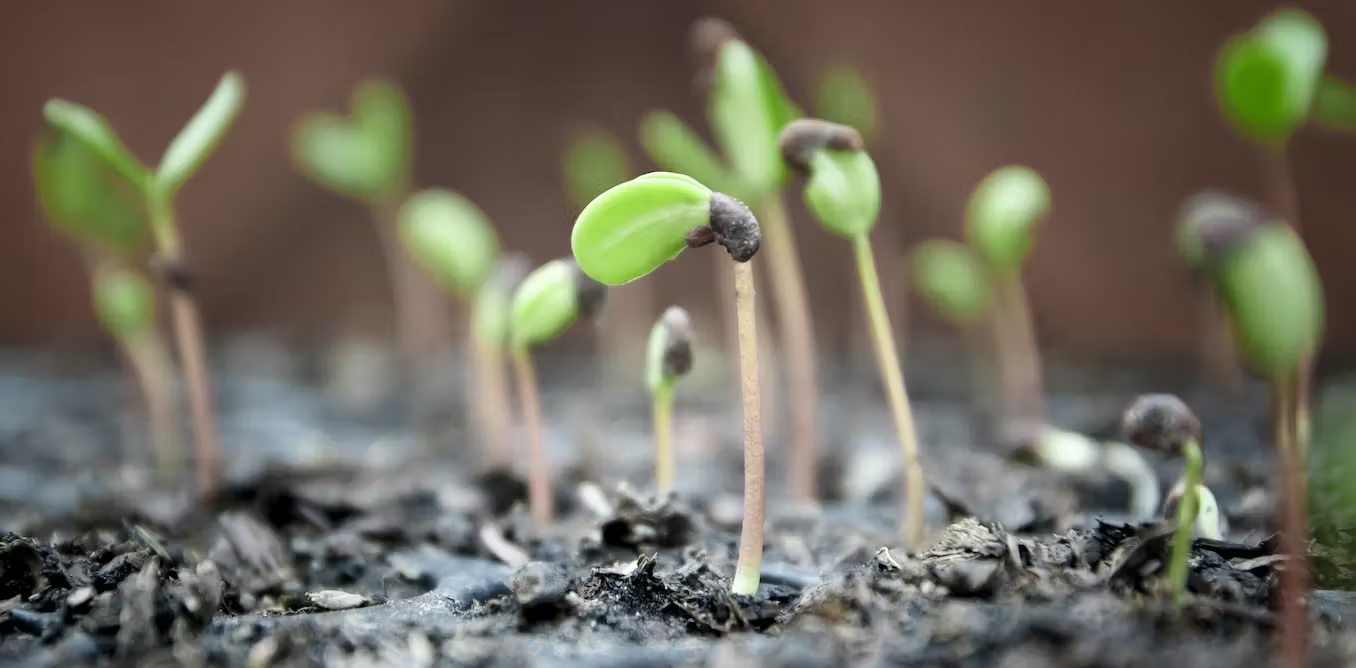

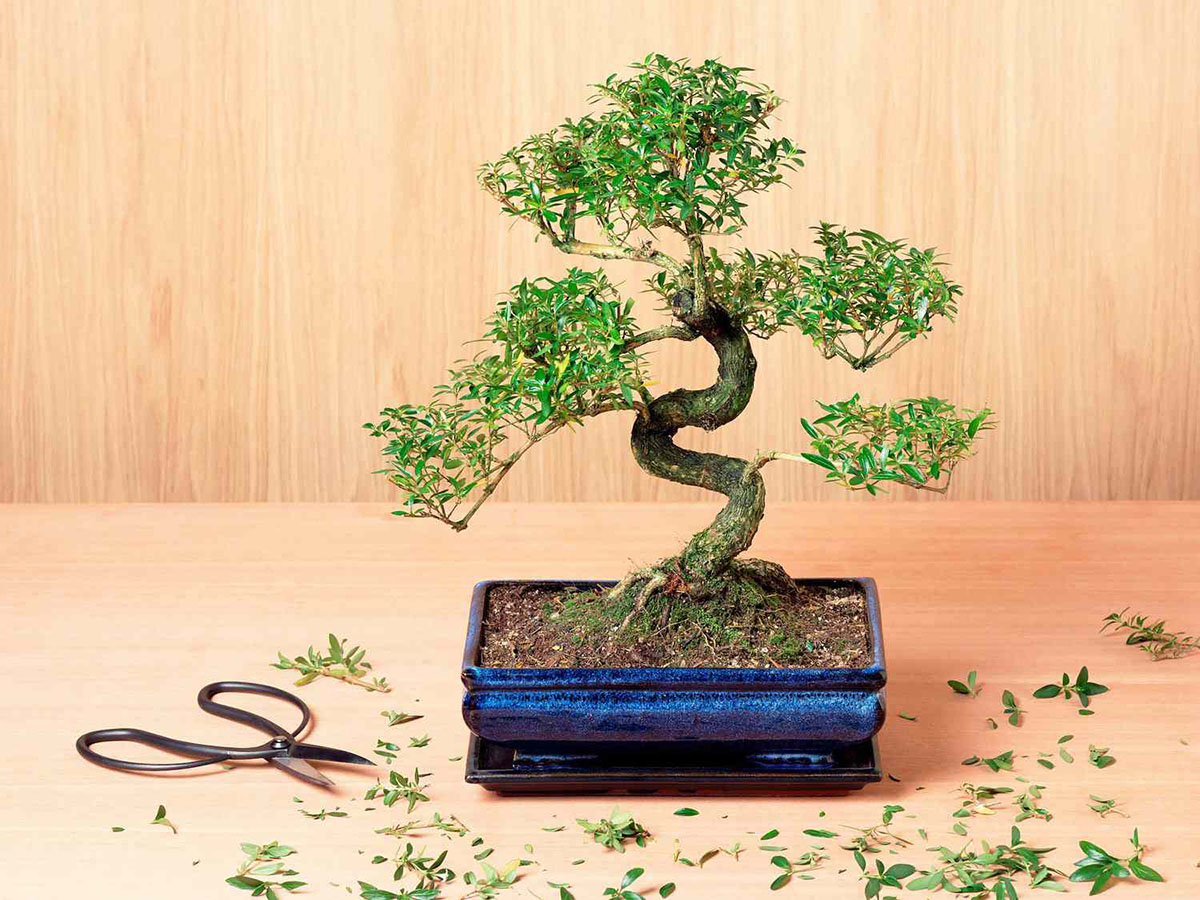
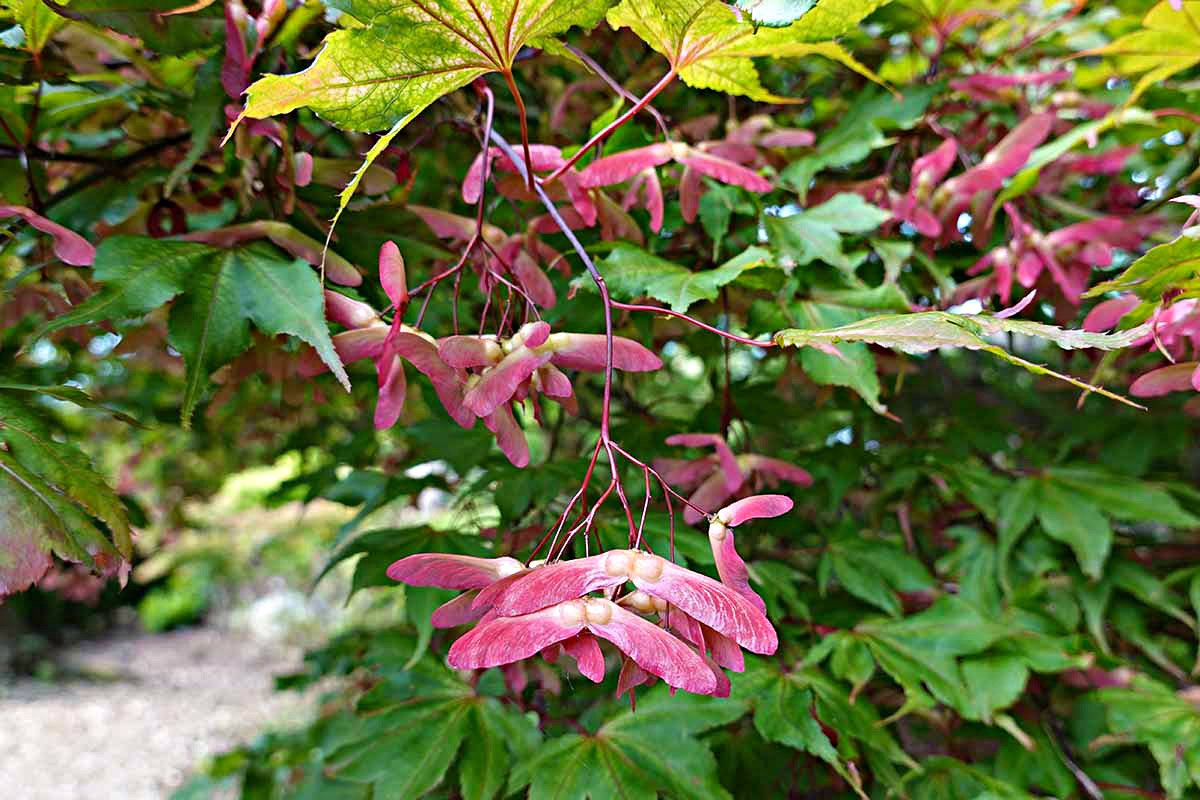
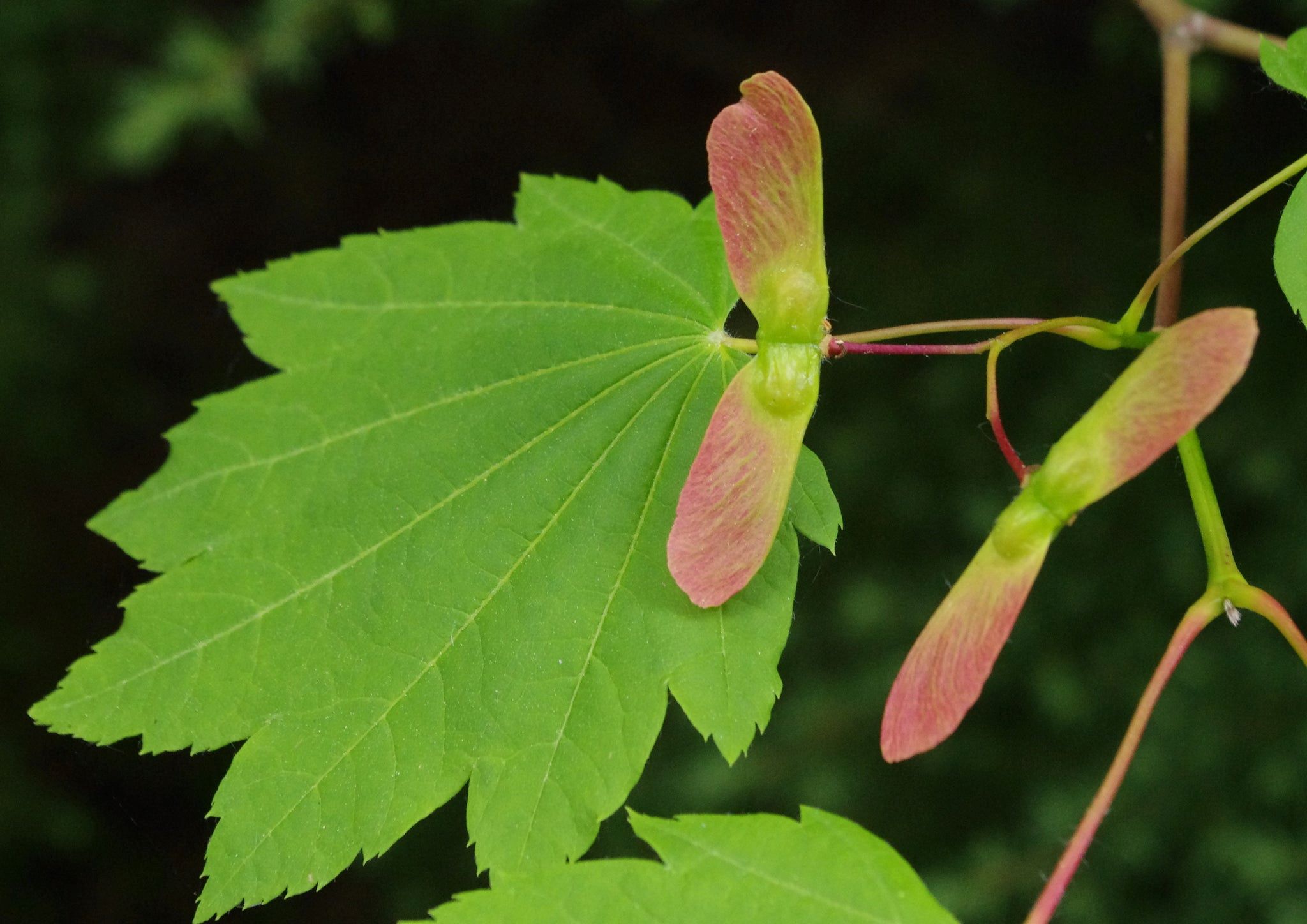
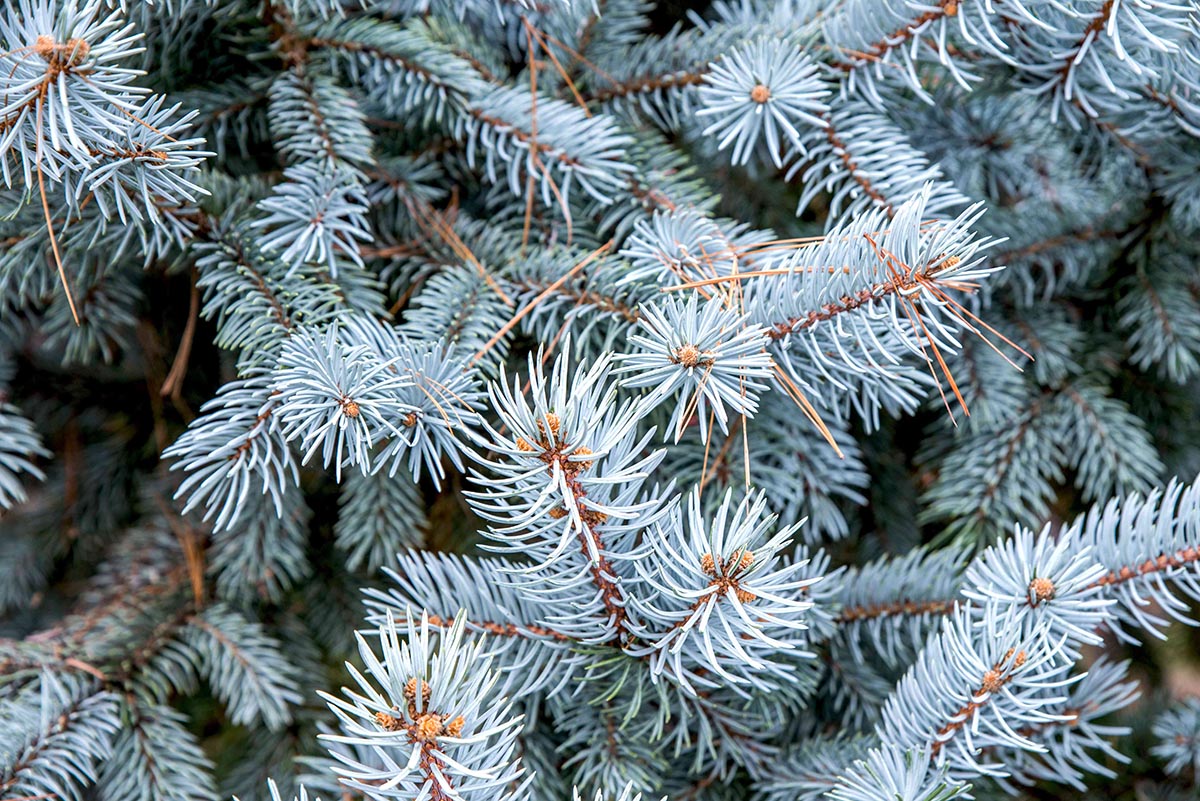
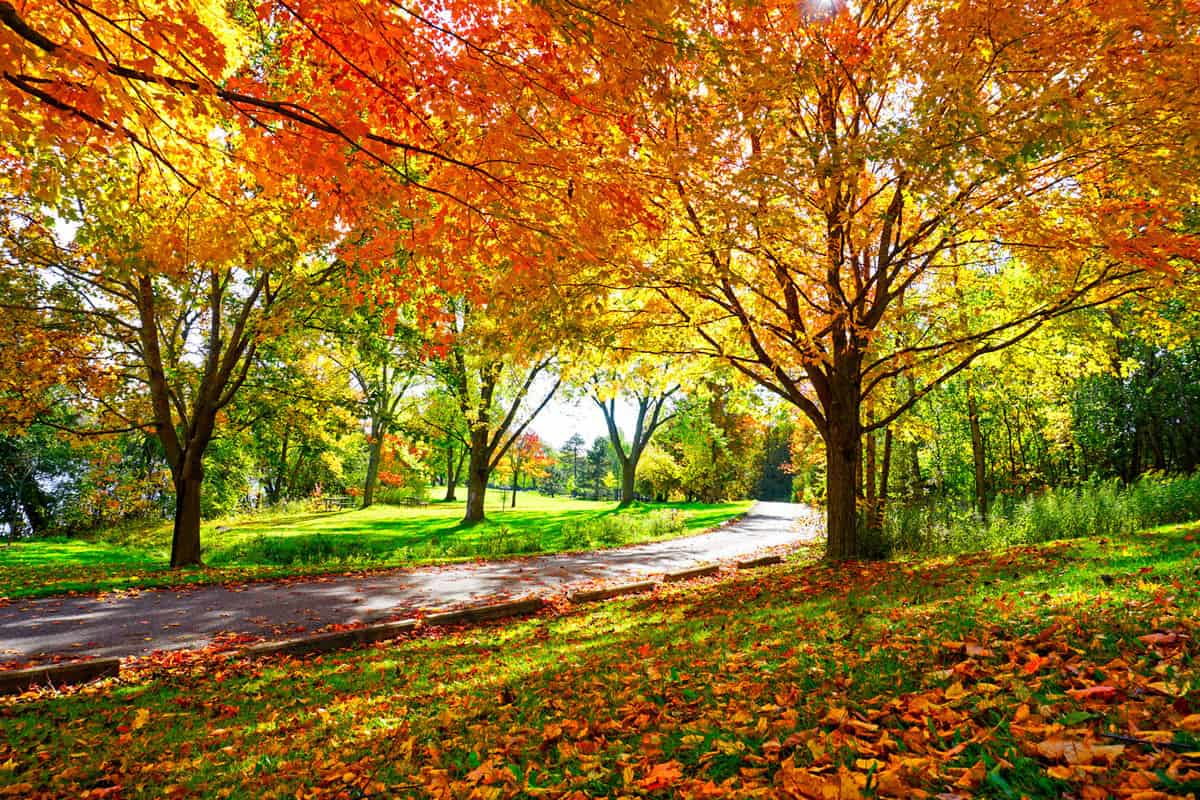
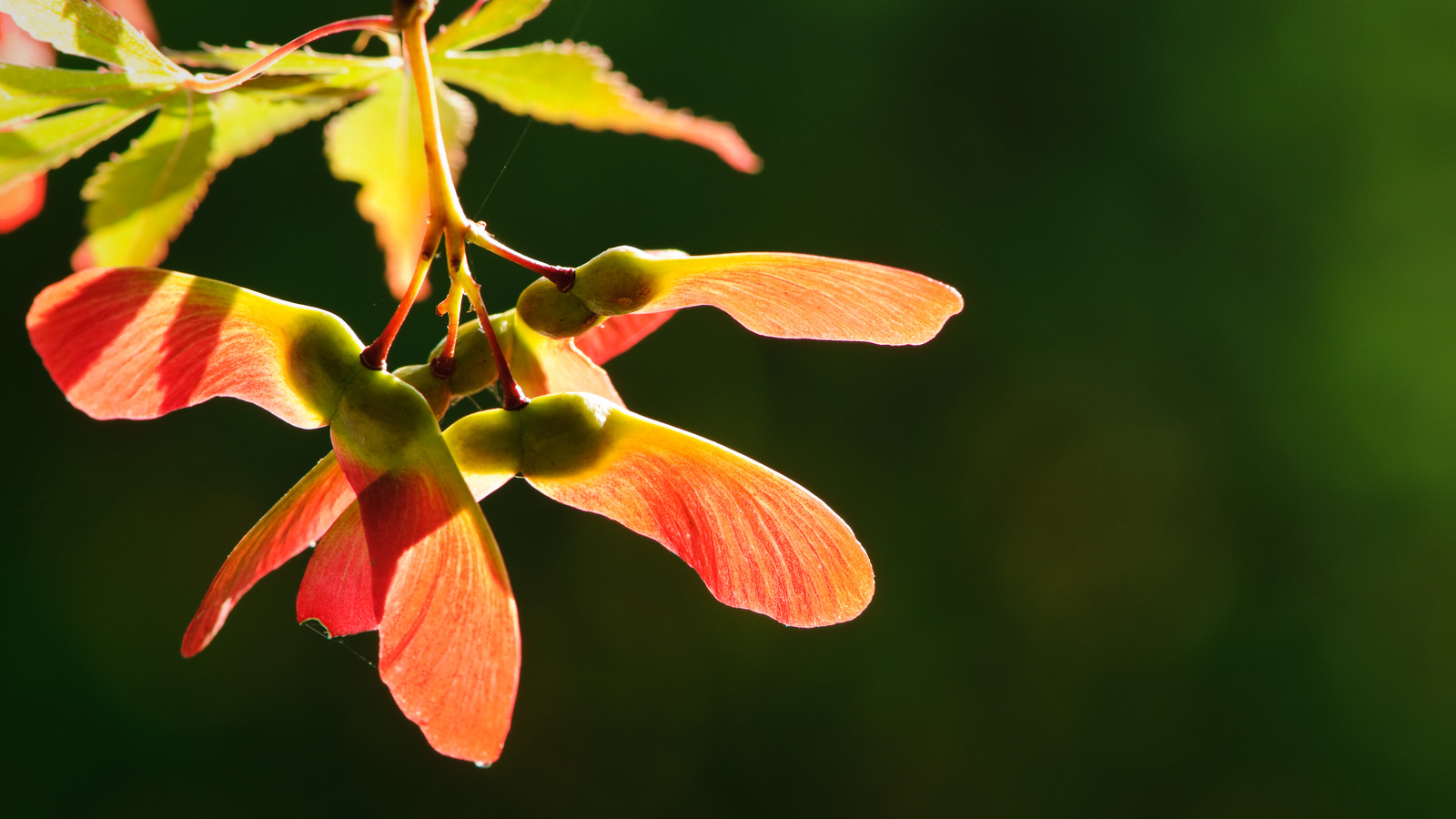
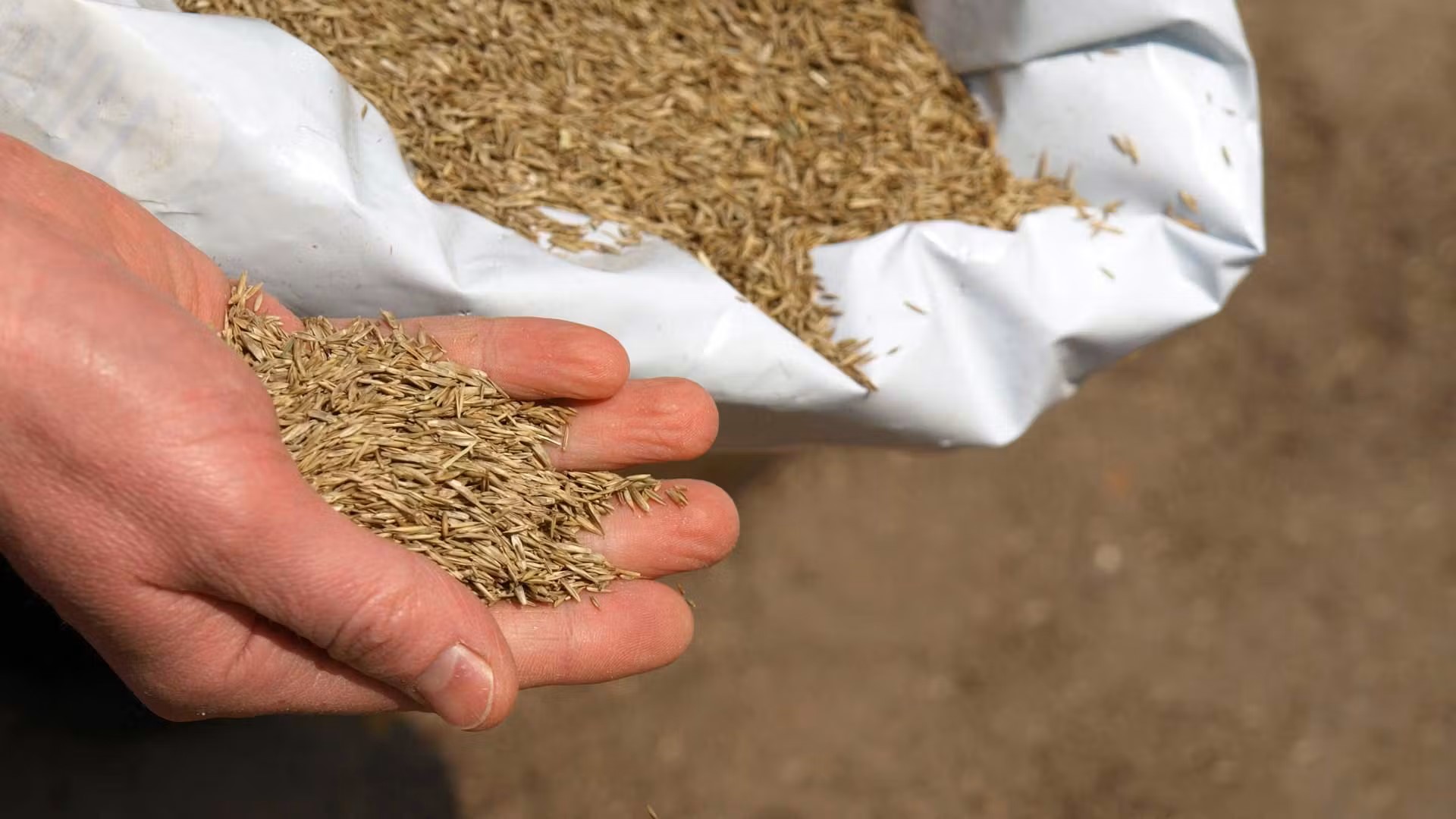

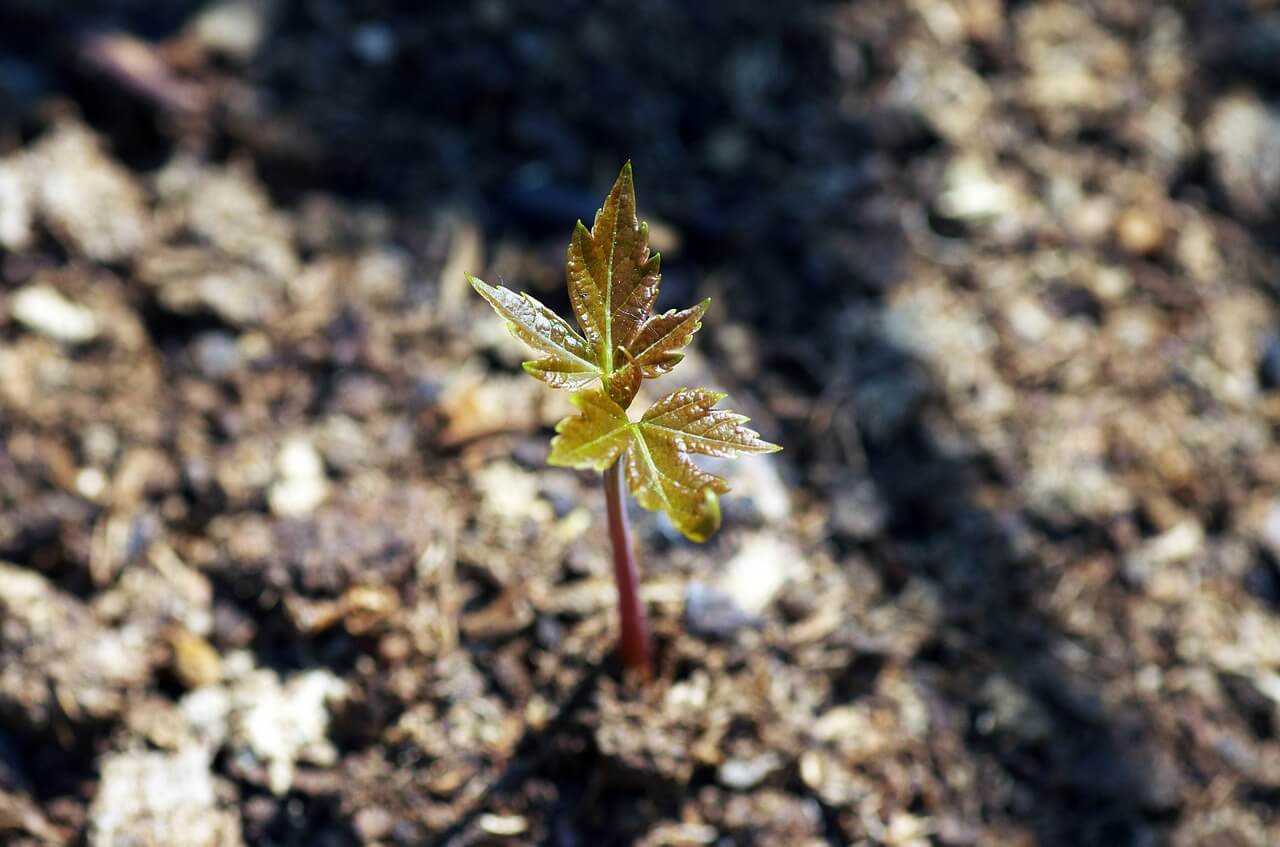
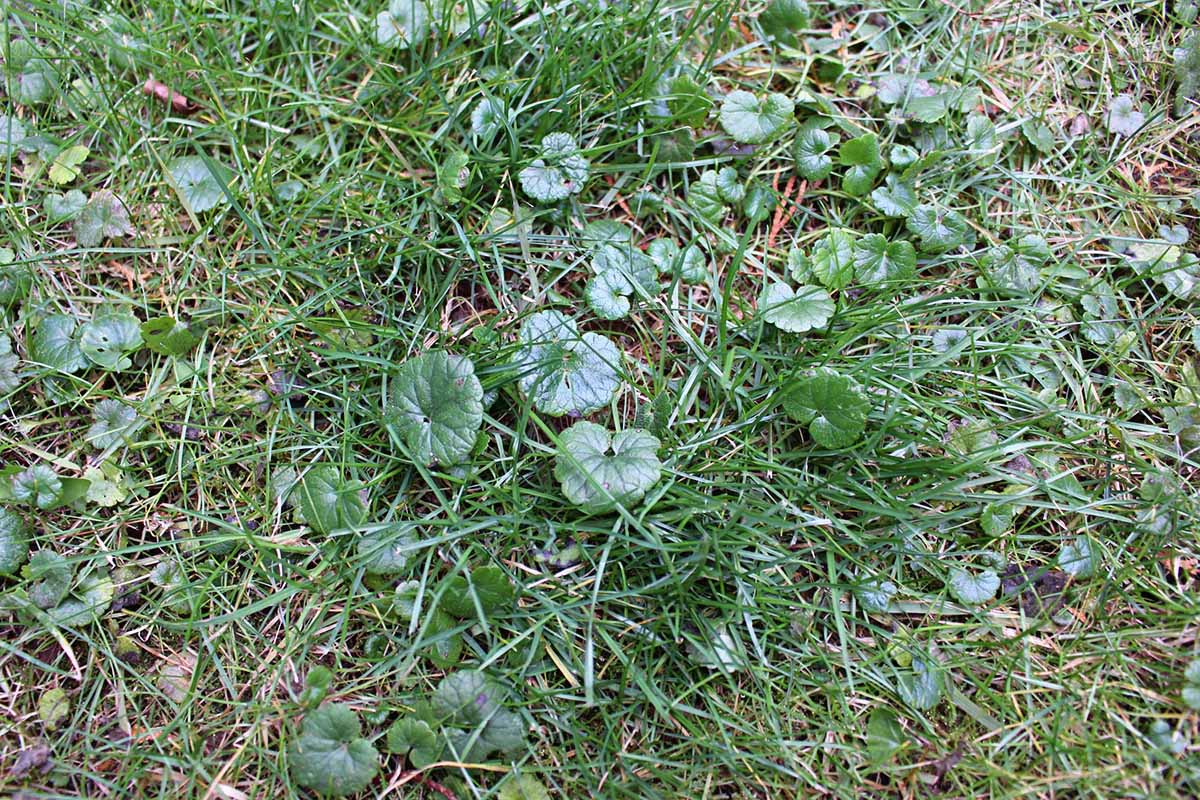
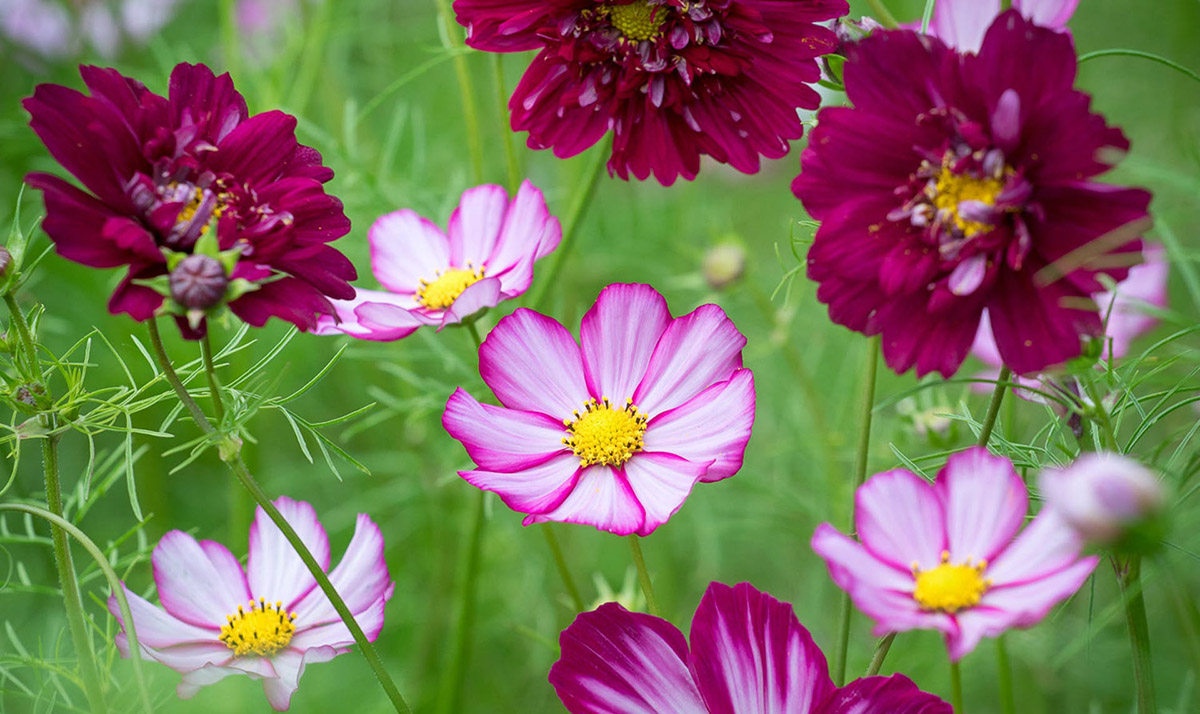
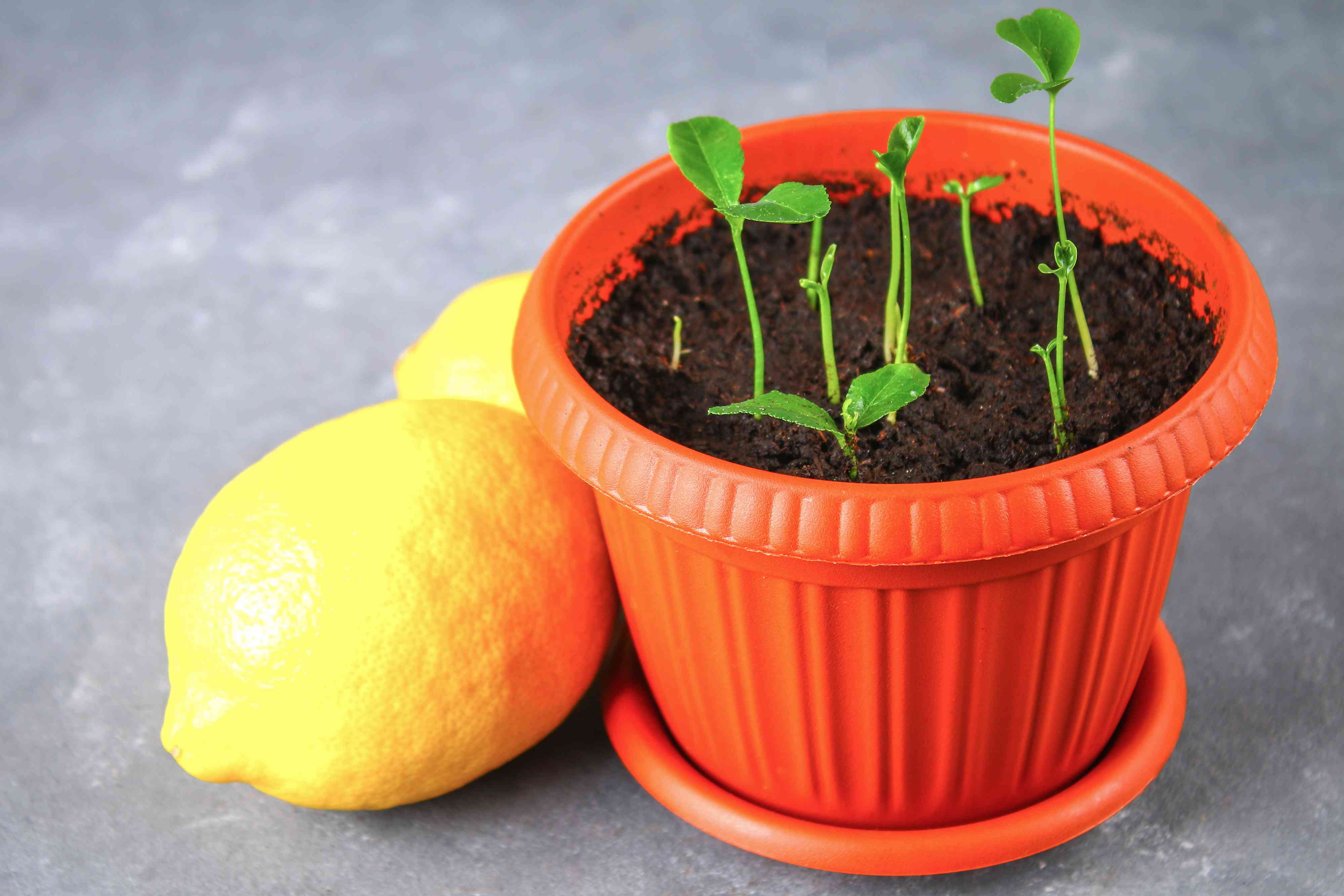

0 thoughts on “When Do Maple Tree Seeds Fall”